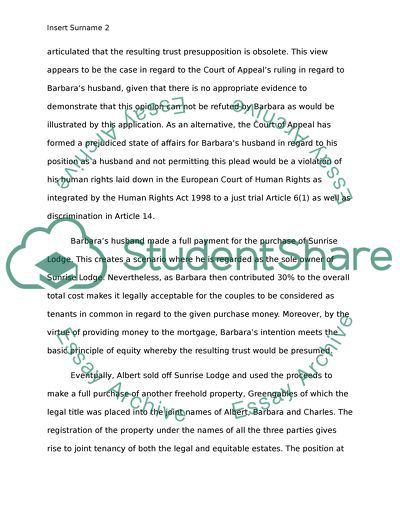Cite this document
(Legal Estate Ownership under English Law Case Study - 2, n.d.)
Legal Estate Ownership under English Law Case Study - 2. Retrieved from https://studentshare.org/law/1575049-property-law
Legal Estate Ownership under English Law Case Study - 2. Retrieved from https://studentshare.org/law/1575049-property-law
(Legal Estate Ownership under English Law Case Study - 2)
Legal Estate Ownership under English Law Case Study - 2. https://studentshare.org/law/1575049-property-law.
Legal Estate Ownership under English Law Case Study - 2. https://studentshare.org/law/1575049-property-law.
“Legal Estate Ownership under English Law Case Study - 2”. https://studentshare.org/law/1575049-property-law.


